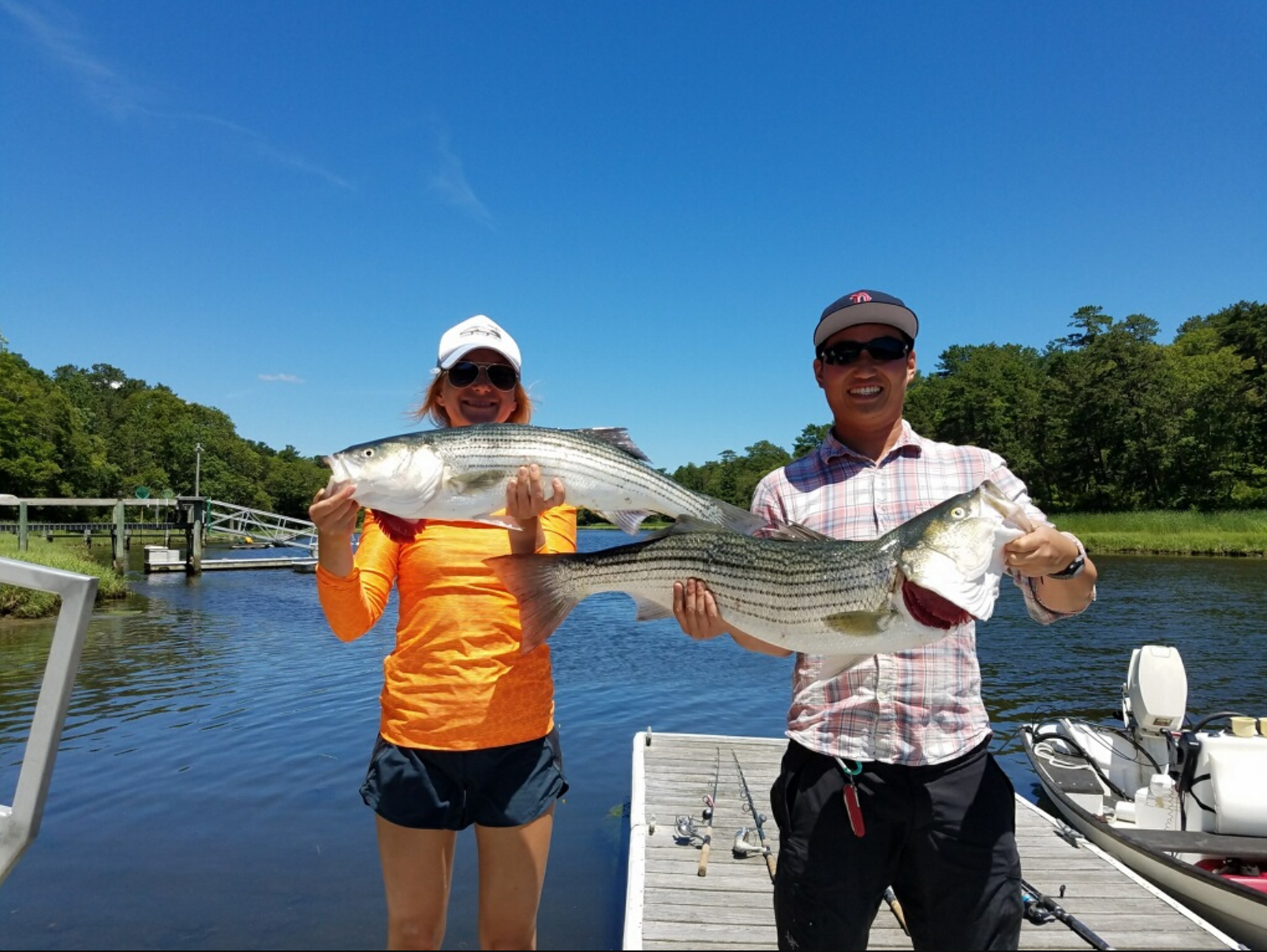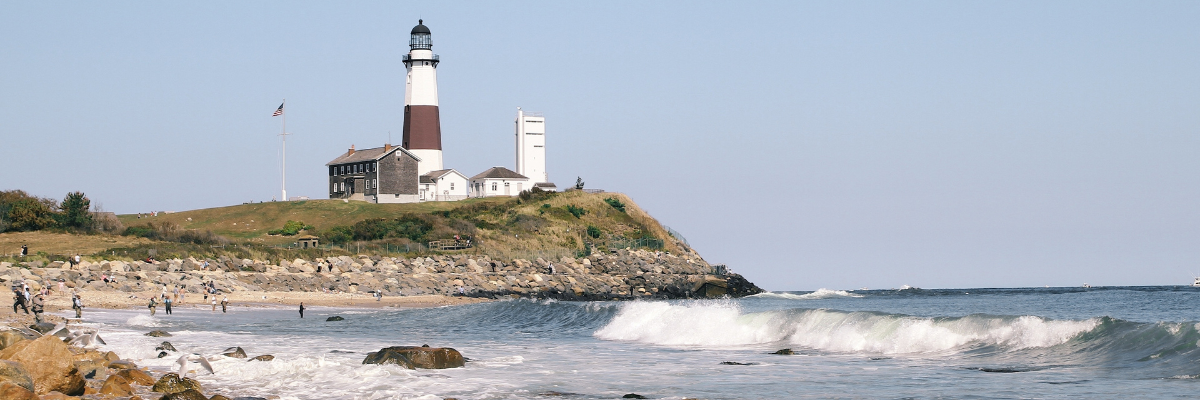Overview
Providing recreational opportunities is a stated goal of fishery management under the Magnuson-Stevens Fishery Conservation and Management Act. The NOAA Fisheries Marine Recreational Information Program (MRIP) collects catch and effort data from surveys of ship captains and anglers that supports managers in tracking performance against this goal (NEFSC 2018a,b). Recreational fishing in the Northeast Large Marine Ecosystem (NE-LME) is vital to coastal community economies, wellbeing, and cultural identities. This is demonstrated through the Community Social Vulnerability Indicators (CSVIs). Developed by the NEFSC, these CSVIs quantify reliance on and engagement in recreational fisheries in the NE-LME, including shore-based, private vessel, and for-hire recreational fishing (Colburn and Jepson 2012). Reliance on recreational fisheries varies widely throughout the NE-LME.
Gulf of Maine & Georges Bank
In New England, communities with the highest recreational reliance tend to be clustered on Cape Cod, southern New Hampshire, and Connecticut. These communities also tend to have higher general levels of social vulnerability than communities elsewhere in the region. Both the number of participants in recreational fishing and number of recreational angler trips have declined since their historical highs in 2008. Total recreational catch has seen a significant downward trend since 1980, although catch appears to have stabilized over the past decade (NEFSC 2018a).
Mid-Atlantic
Many communities in the Mid-Atlantic are considered both highly reliant on recreational fishing and highly socially vulnerable. Clusters of these communities occur in the Delaware Bay and Chesapeake Bay regions, although communities with high reliance on recreational fisheries can be found throughout the Mid-Atlantic. The number of fish caught recreationally has shown a significant decline since the early 1980s in the Mid-Atlantic and, similar to New England, there has been a decline in recreational participation in terms of both number of anglers and number of angler trips since historical peaks in 2007 (NEFSC 2018b).

